Kalash Vally
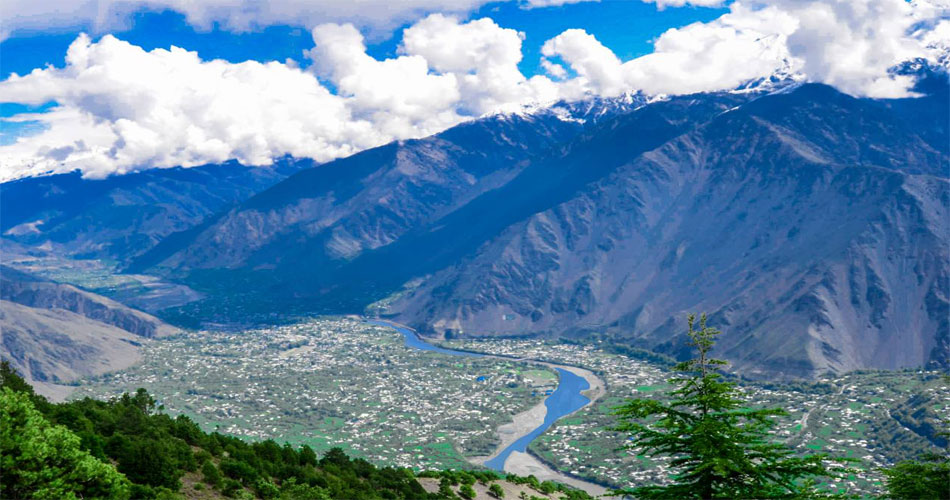
The Kalash are considered to be an indigenous people of Asia, with their ancestors migrating to Afghanistan from a distant place in South Asia which the Kalash call "Tsiyam" in their folk songs and epics. This site is said to be near Jalalabad and Lughman according to Morgenstierne.The inhabitants of the valley are the Kalash people, who have a unique culture, language and follow a form of ancient Hinduism. As such, the Kalasha Valleys are a source of attraction for Pakistanis as well as International tourists.Kalash valley has a unique indigenous culture and religion that dates back thousands of years Every year thousands of people from Pakistan and abroad visit the Kalash valley in order to know more about the culture and tradition of the people of Kalash and also to enjoy the spectacular natural beauty of the area.Kalash has three main valleys, Bumburet, Rumbur and Birir valley. The largest and most populous valley is Bumburet ( also known as Mumuret), reached by a road from Ayun in the Kunar Valley.Kalash people are very nice, kind and friendly. They respect and welcome visitors, but they also want to be respected. So, don't treat them like objects, always ask before taking photos of them.Kalash valley has a unique indigenous culture and religion that dates back thousands of years Every year thousands of people from Pakistan and abroad visit the Kalash valley in order to know more about the culture and tradition of the people of Kalash and also to enjoy the spectacular natural beauty of the area.
Bumburet, kalash valley
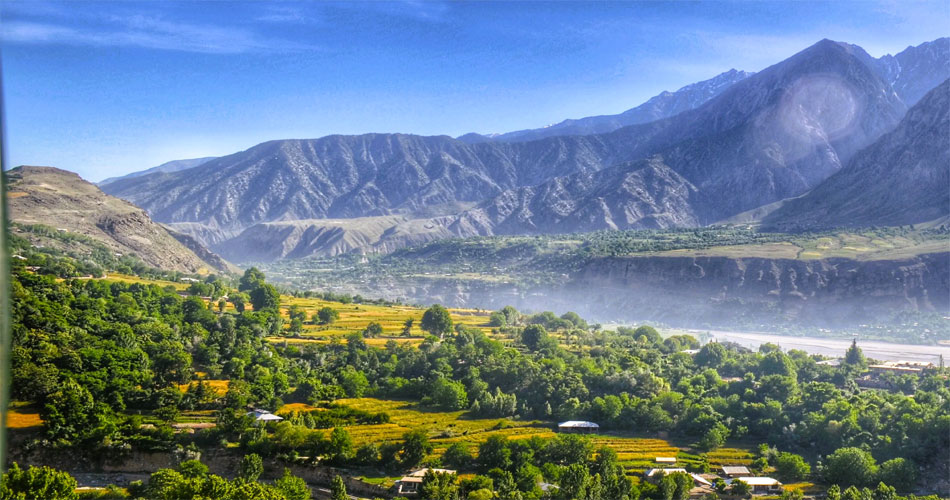
Bumburet is the largest of the three. With its sparkling streams, shady meadows, apricot and walnut trees, wide mountain ranges and yellow and green fields, it is thought by any to be the most beautiful. Most of the hotels are run by outsiders, so that there is little economic benefit for the Kalasha. At the top end of the 9-mile valley, near the government rest house, there is a Nuristani village. Here begins the route, through a side valley, which leads on to the Shawal Pass, the highest into Nuristan and once a trail belonging to the ancient Silk Road. Here the great cedar trees still cling to the mountain sides.It is one of the 3 valleys of Kalash, the main or central valley but very touristy. If you are a photographer and want to photograph the Kalash, better to avoid the festival days, because this valley is resorted by thousands of tourists from all over Pakistan.umburet – The most developed valley in terms of facilities, and most popular with domestic tourists.When visiting Bumburet, the historical Kalash Graveyard is a must-see location as it provides a unique glimpse into the customs and traditions of the Kalash people. As part of their burial rituals, the Kalasha people leave the bodies of their deceased loved ones in their graves for a certain period. Additionally, a bed and pillow are placed in the grave with the body, where they remain permanently. This practice allows visitors to closely examine a fascinating and distinct aspect of Kalash culture, as the graves contain the bones of the departed loved ones.
Rumboor Kalash Valley
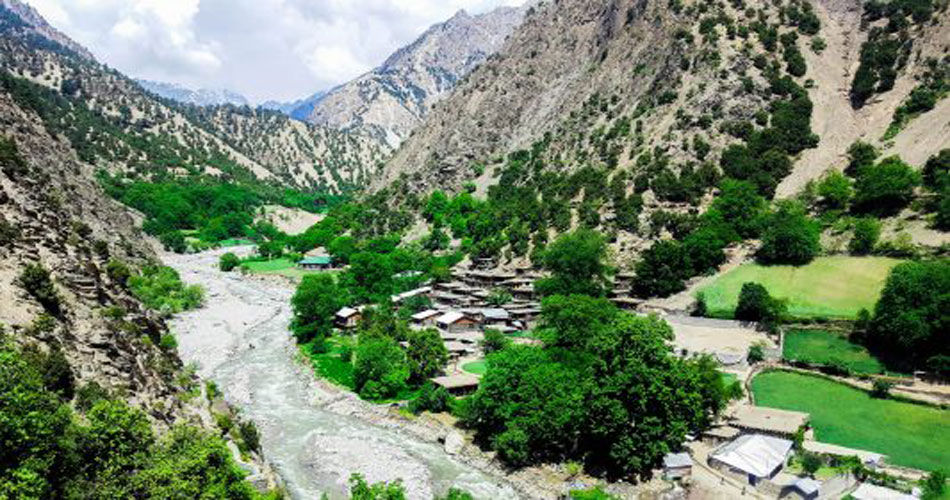
Rumbur Valley is dotted with traditional Kalash villages, each with its own distinct charm. The villages are characterized by unique architectural designs, with intricately carved wooden houses adorned with colorful motifs. The Kalash people are known for their warm hospitality, welcoming visitors into their homes, offering traditional food, and sharing stories about their culture and history.Rumbur valley is the second of the Kailash Valleys,from Chitral town its a journey of three hours.It is less occupied by travelers as visitors prefer Bumburet. It has got nice landscapes,river and rich culture of Kailash community.Rumboor only has three guest houses, and the most homely of the lot is Kalash Home Guest House. If you’re driving into Rumboor, it will be on your left at the start of Grom village—you can’t miss it! Run by the amiable Engineer Khan, the food is delicious, the family is friendly, and the location great.
Shandur Pass. kalash valley
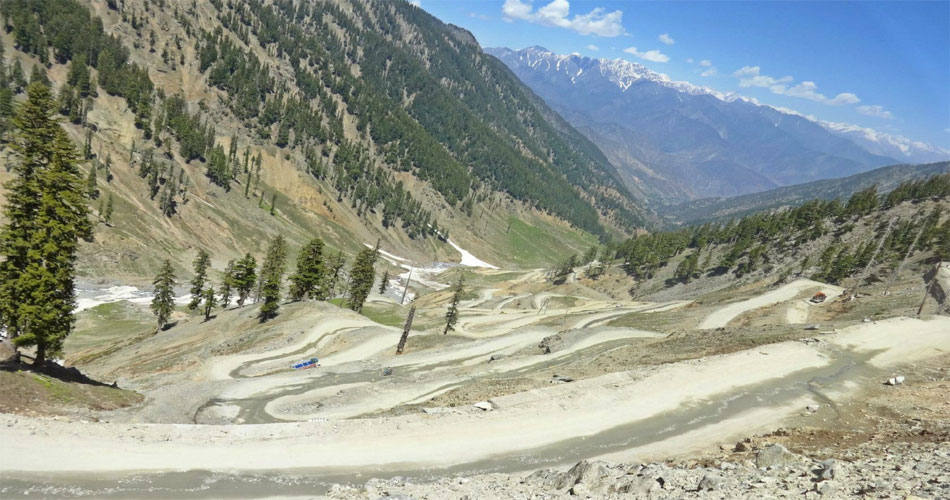
Shandur pass is located within the Ghizer District of Gilgit Baltistan, Pakistan. It is often referred to as 'The Roof of the World.Shandur Pass is The highest roof top of the world between Chitral and Pakistan,where every year a Polo Tournament held between GB/Chitral. Its a journey of 8-10 hrs from chitral,the transport runs during this tournment. Its really amazing to see Polo match on top of the roof. The annual Shandur Polo Festival is an event that features polo matches between teams representing the Chitral District and Gilgit-Baltistan Province.Shandur Pass often called "Roof of the world" is also home to highest polo ground of the world as it is at the height of 3,738 meters above sea level. Every year, Shandur (3,734 meters) hosts a traditional polo tournament between the teams of Chitral and Gilgit from 7th to 9th July.Shandur Pass, also known as the Roof of the World, is a high mountain pass located in the north of Pakistan. This pass connects the Chitral district of Khyber Pakhtunkhwa province with the Ghizer district of Gilgit-Baltistan.
Phander Lake, kalash valley
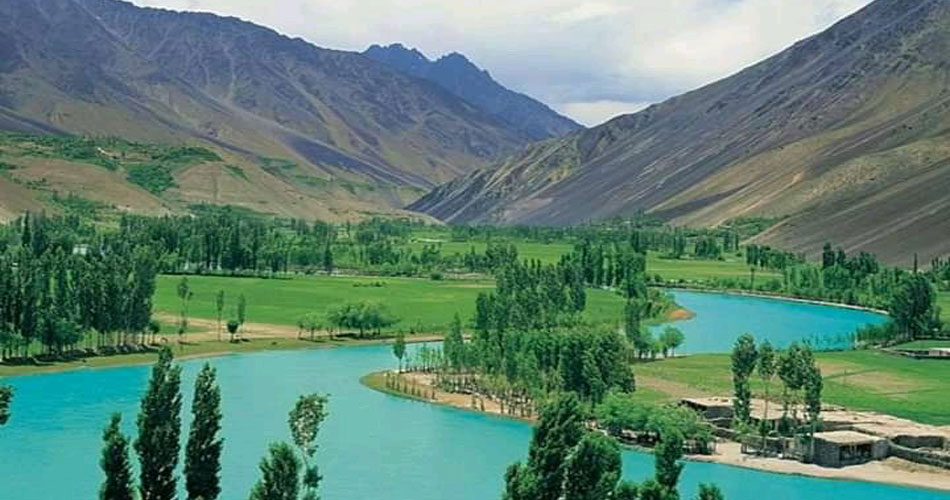
Phander Lake is situated in the Phander Village, in Koh-i-Ghizer, Gupis-Yasin District, the westernmost part of the Gilgit–Baltistan region and northernmost territory of Pakistan. This lake is an important source of fresh water.Phander Valley is located in Gilgit-Baltistan. As the locals know, the valley is called Phander for a reason because “Phan” means palm in the local Khowar language, and the place is as flat as a palm tree, hence the name Phandear. One of the most famous tourist attractions of GB. This small valley contains four lakes, the largest of which is Lake Phander. Phander is one of the few places where the Gilgit River splits into several lines as it enters the valley and rejoins as it leaves the valley.Phandar is a village in Gupis Tehsil, Ghizer District, and Gilgit-Baltistan District. Phander is known for its astonishing yet unmatchable beauty.The Phander Valley in the Ghizer region is one of the most picturesque and easily accessible from Gilgit and Chitral. It takes 5-6 hours from Gilgit to reach Bandar Valley, known as “Little Kashmir”. Bandar Lake is one of the most popular tourist attractions in the entire region.Phander Valley is the breadbasket of all northern regions. The name Ghizer comes from the village “Ghizer” located near Phander. The deep blue Pande Lake is beautifully landscaped and is primarily a habitat for trout.
Go Back To HomePackage Detail
(BY ROAD)
Enjoy your 7 days Trip from Islamabad to Kalash valley by Road with Yashroon International.
The average cost can range from PKR 65,000 to PKR 85,000 per person depending on whether you are looking for a luxury arrangement, a leisure long-stay trip with your significant other. you will find in this cost.